Greetings, fellow container home enthusiasts! I’m Emily Owens, your trusty guide to the world of container homes. For four years now, I’ve been sharing my thoughts and insights on this fascinating and eco-friendly way of living. Today, I want to delve into a topic that often goes unnoticed amid the excitement of building a container home: the impact of container home construction on local ecosystems.
Container homes have gained immense popularity in recent years, and for good reason. They are cost-effective, durable, and have a unique, industrial-chic aesthetic that appeals to many. But like any construction project, building a container home can have unintended consequences on the environment around us. Let’s explore these impacts in detail, shall we?
Habitat Disruption
One of the most direct consequences of constructing a container home is habitat disruption. Before you dismiss this as something only large-scale developments cause, think again. Even a single container home can disrupt local ecosystems. When a piece of land is cleared for construction, it disrupts the natural habitats of various plants and animals that once called it home. This disruption can lead to the displacement or even death of local wildlife.
Consider a scenario where a charming forested area is cleared to make way for a container home. The beautiful trees that once provided shelter to birds and small mammals are felled, and the undergrowth that housed countless insects, fungi, and other microorganisms is removed. This leads to a domino effect, disrupting the food chain and causing long-term harm to the local ecosystem.
Soil Disturbance
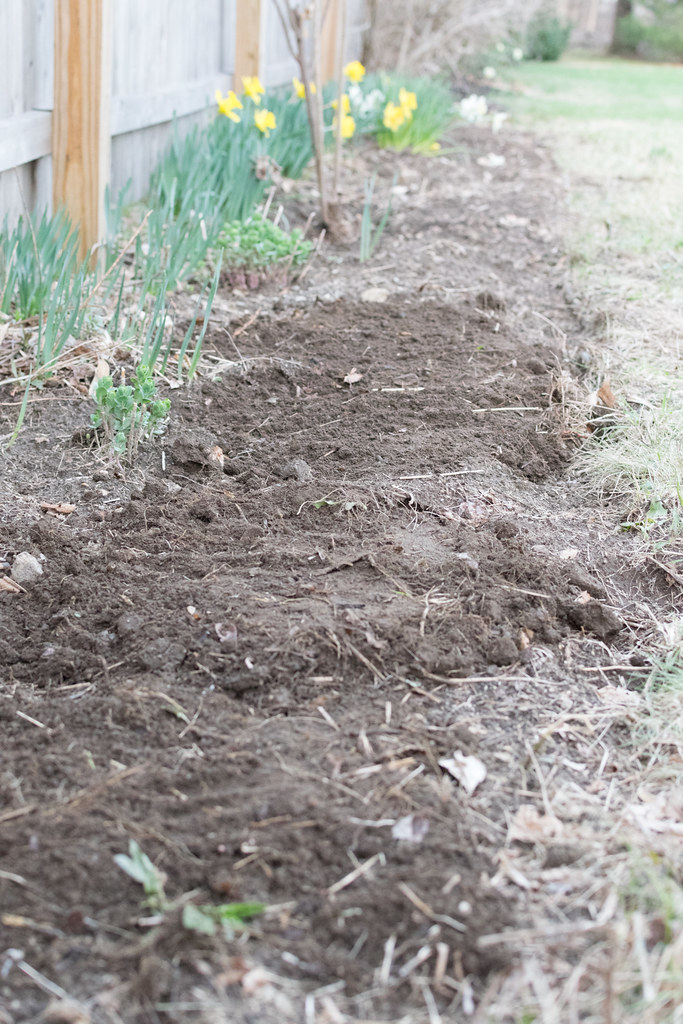
Container home construction typically involves excavation and grading of the land to create a level foundation. This process can have a significant impact on the soil in the area. Healthy soil is teeming with beneficial microorganisms and provides essential nutrients for plant growth. When the topsoil is removed or compacted during construction, it can take years for the soil to regain its fertility and natural balance.
The loss of fertile topsoil can also result in erosion problems, especially during heavy rainfall. This further exacerbates the environmental impact, as sediment runoff can contaminate nearby water bodies and harm aquatic life.
Energy Consumption
Container homes are known for their energy efficiency due to their compact size and excellent insulation properties. However, the construction phase itself can be energy-intensive. The manufacturing of steel shipping containers, transportation to the construction site, and the conversion process all require energy resources.
To offset this energy expenditure, container home builders can opt for recycled or repurposed containers, reducing the environmental impact of the initial manufacturing. Additionally, using renewable energy sources like solar panels can make container homes even more eco-friendly in the long run.
Waste Management
Container homes are often praised for their sustainability, but construction still generates waste. The removal of portions of the container for windows and doors, as well as the installation of utilities, can result in waste materials. Proper disposal and recycling of these materials are crucial to minimizing the environmental impact.
Container home enthusiasts can take proactive steps to reduce waste by sourcing reclaimed or salvaged materials and by working with construction crews that prioritize responsible waste management practices.
Light Pollution

While not as commonly discussed, light pollution is another aspect of container home living that can affect local ecosystems. The artificial light emitted from container homes can disrupt nocturnal wildlife, including birds, insects, and even some mammals. It can interfere with natural behaviors like foraging, mating, and navigation.
To mitigate this impact, homeowners can install motion-sensor lights and use energy-efficient outdoor lighting fixtures that direct light downward, reducing light pollution while still providing necessary illumination.
In conclusion, while container homes offer numerous benefits, they are not without their ecological footprint. It’s essential for container home enthusiasts to be mindful of the impact of their construction and lifestyle choices on local ecosystems. By taking steps to minimize habitat disruption, conserve resources, and reduce waste, container home owners can enjoy the unique charm of their homes while contributing to the preservation of the environment. After all, a sustainable container home is a happy container home, both for its inhabitants and the ecosystems that surround it. So, let’s build responsibly and continue to cherish the beauty of container living!











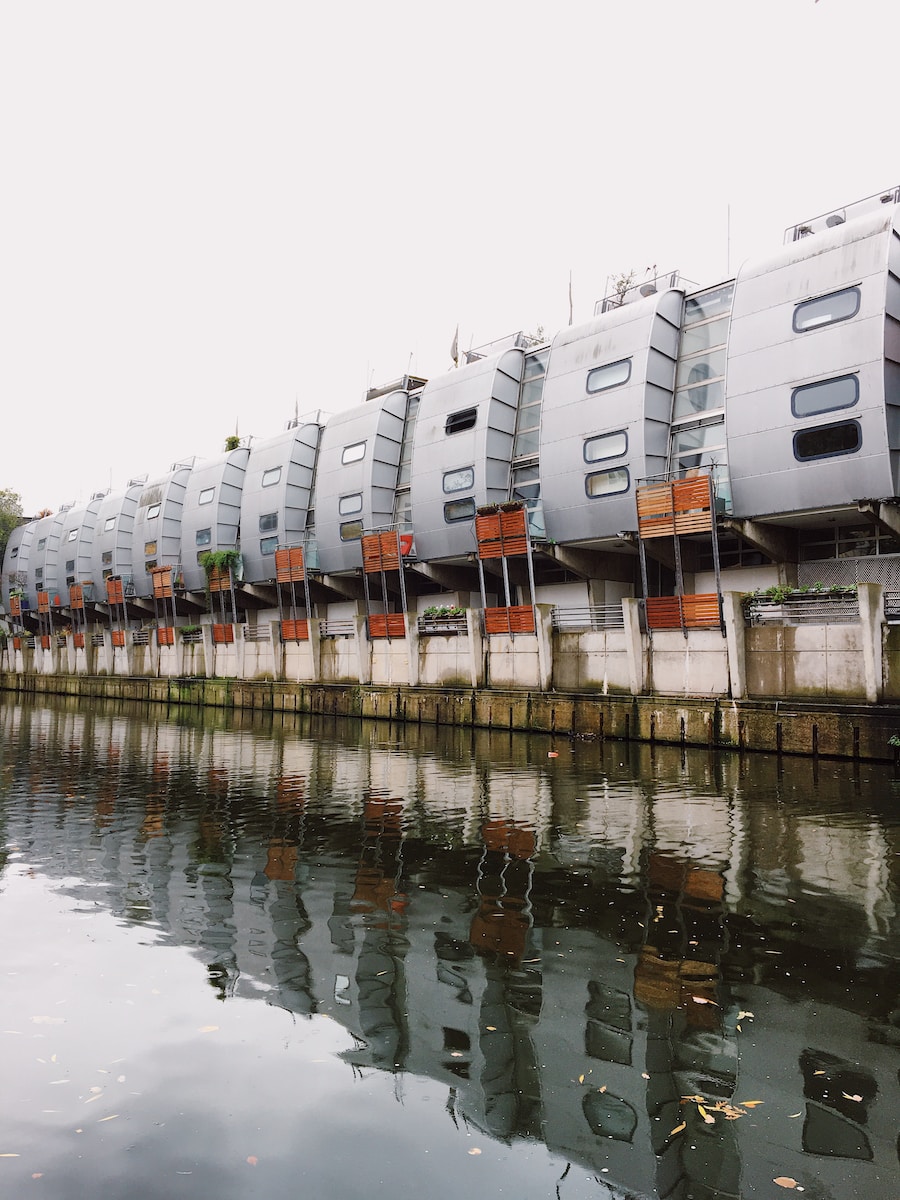






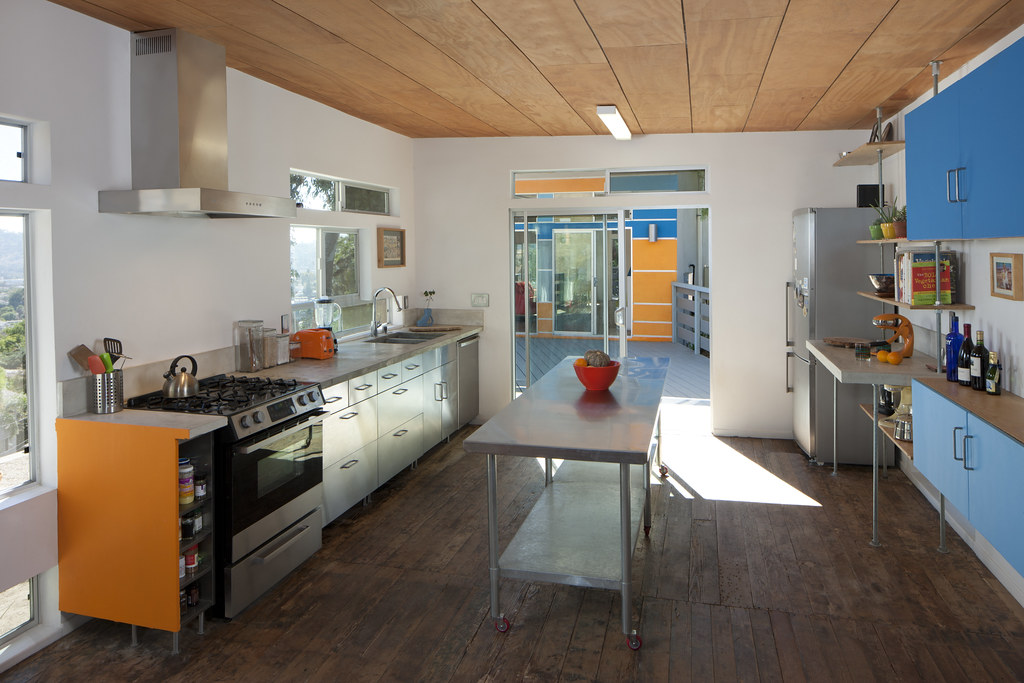
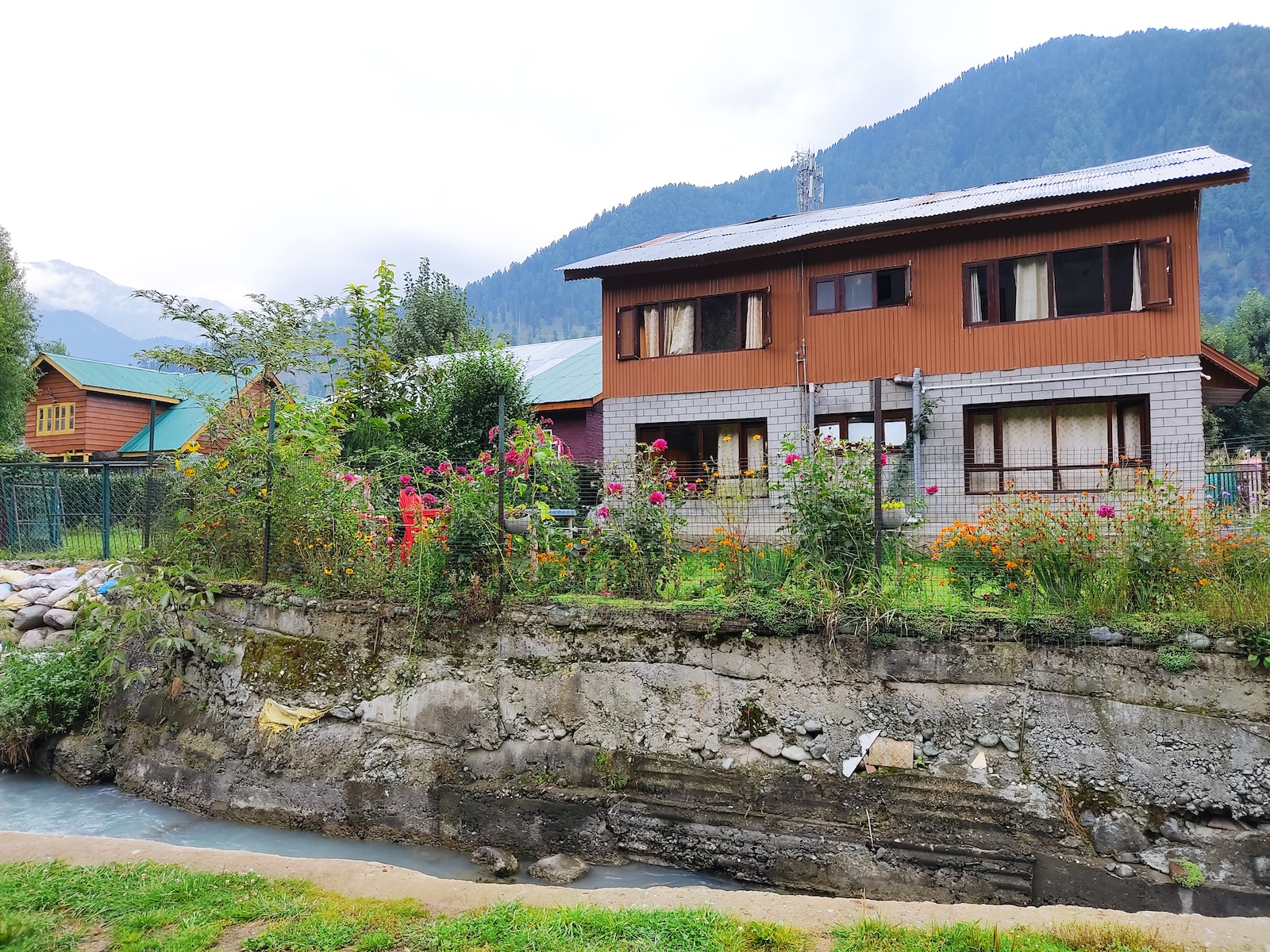
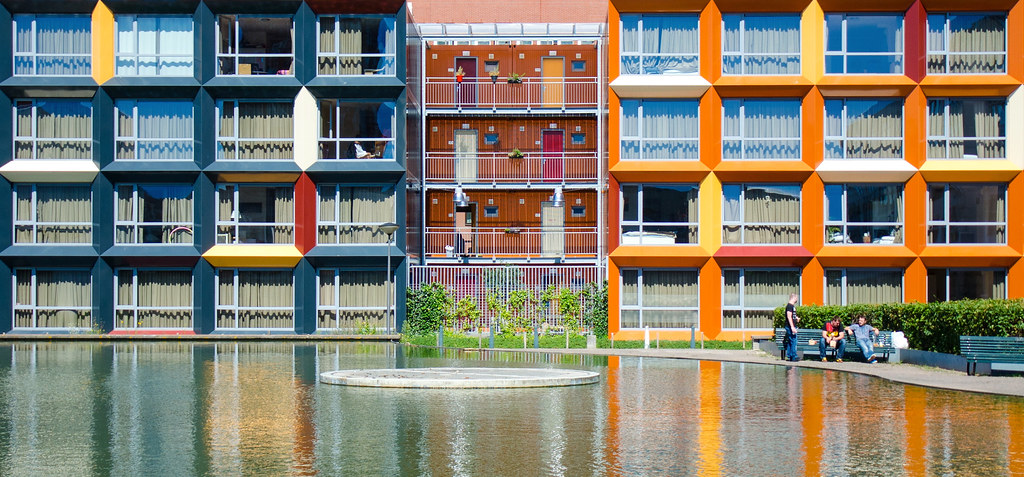
Find Us on Socials